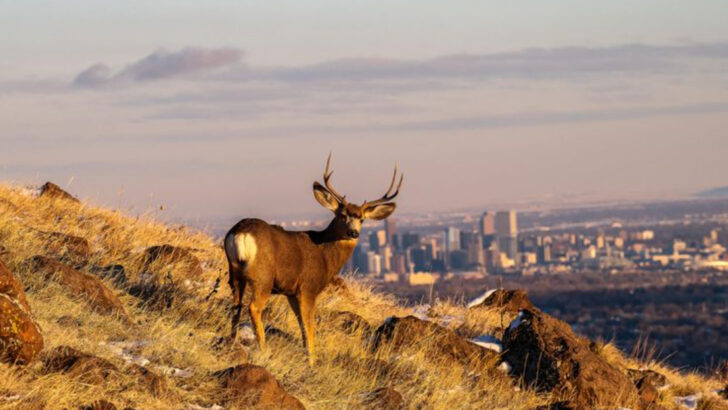Wildlife and city life—two things that shouldn’t mix, right? Think again! Some urban areas are teeming with creatures that have learned to thrive alongside skyscrapers, subways, and morning traffic.
From coyotes trotting through Chicago’s streets to parrots squawking over San Francisco, these cities are full of unexpected wildlife encounters. Parks, rivers, and even abandoned lots have become home to an incredible variety of animals, some you’d never expect to find in a concrete jungle.
In some places, nature is making a comeback. In others, it never left. Whether it’s alligators in Florida’s canals, foxes in Washington, D.C., or bobcats sneaking through Los Angeles, these 20 U.S. cities are bursting with surprising and diverse urban wildlife.
San Francisco, California
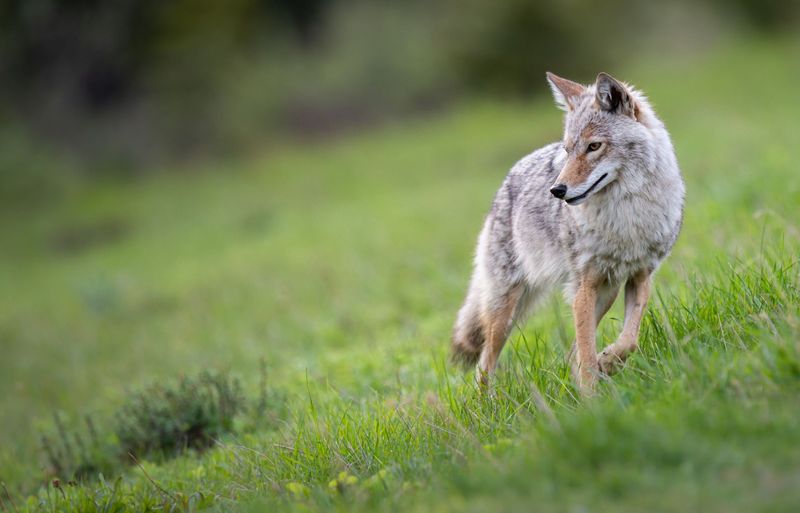
San Francisco’s unique geography and climate contribute to its rich urban wildlife. The city is home to sea lions basking at Pier 39 and red-tailed hawks soaring over Golden Gate Park. The iconic Golden Gate Bridge is often accompanied by the sight of dolphins and even the occasional whale in the bay.
As urban as it is, San Francisco provides numerous green spaces that attract varied bird species. Raccoons and skunks are frequent nocturnal visitors in residential neighborhoods. The city’s dedication to wildlife preservation ensures a thriving ecosystem amidst the urban jungle.
New York City, New York
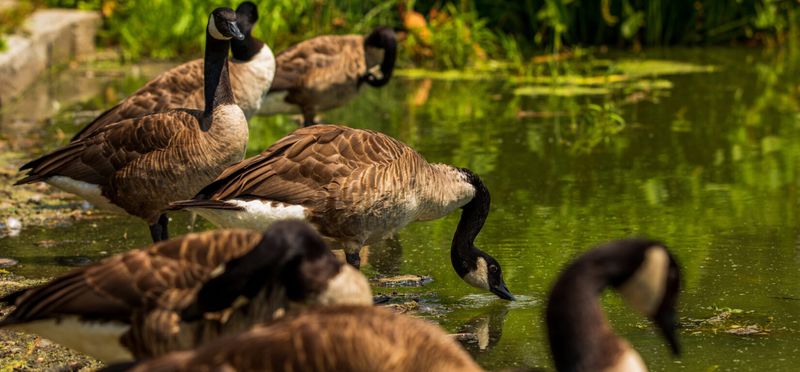
In the heart of New York City, Central Park serves as a crucial habitat for urban wildlife. Here, eastern screech owls find sanctuary among the trees, while turtles bask in the sun by the multiple ponds. The park’s expansive green spaces offer a refuge for raccoons and even the occasional coyote.
Beyond the park, pigeons and sparrows are city staples, thriving in the urban landscape. Peregrine falcons, having adapted to skyscrapers, hunt the skies above. These adaptive creatures highlight the city’s ability to support diverse wildlife.
Miami, Florida
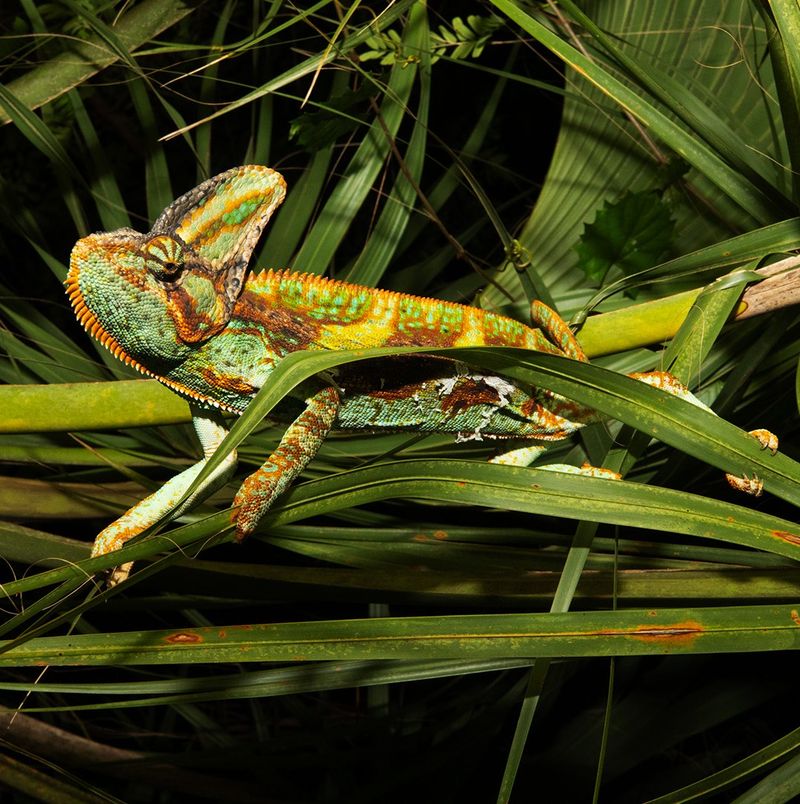
Miami’s proximity to the Everglades brings a unique blend of wildlife to the urban scene. Alligators occasionally wander into suburban areas, while ibises and pelicans can be seen along the coastal regions. The city’s wetlands host a variety of bird species, making it a paradise for bird watchers.
The tropical climate supports an array of reptiles and amphibians, with lizards often scurrying through the streets. Miami’s dedication to preserving its natural habitats ensures these diverse species continue to thrive alongside its vibrant city life.
Seattle, Washington
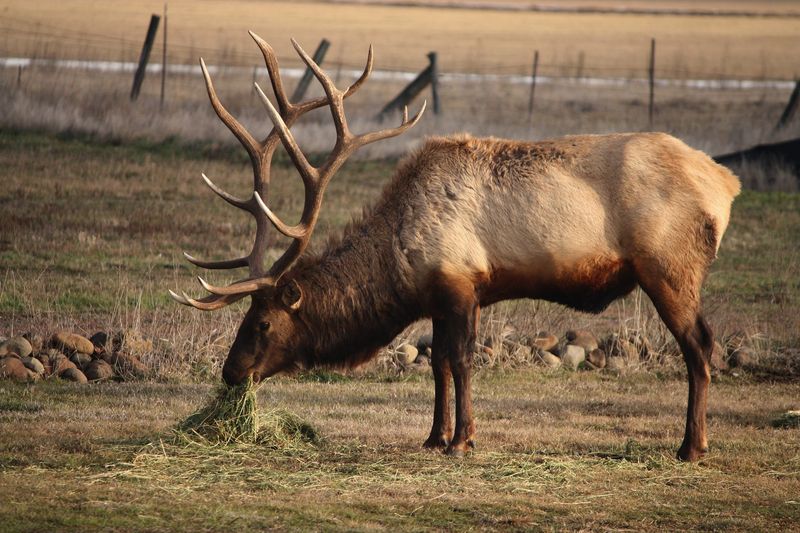
Seattle’s location by the Puget Sound offers a spectacular array of urban wildlife. Bald eagles are commonly seen soaring above, while seals playfully navigate the waters below. The sound is also home to orcas, occasionally spotted by delighted onlookers from the shore.
The city’s numerous parks and greenbelts provide habitats for a variety of birds and small mammals. Seattle’s commitment to environmental conservation helps maintain these vibrant ecosystems, ensuring urban wildlife continues to flourish in harmony with city life.
Austin, Texas
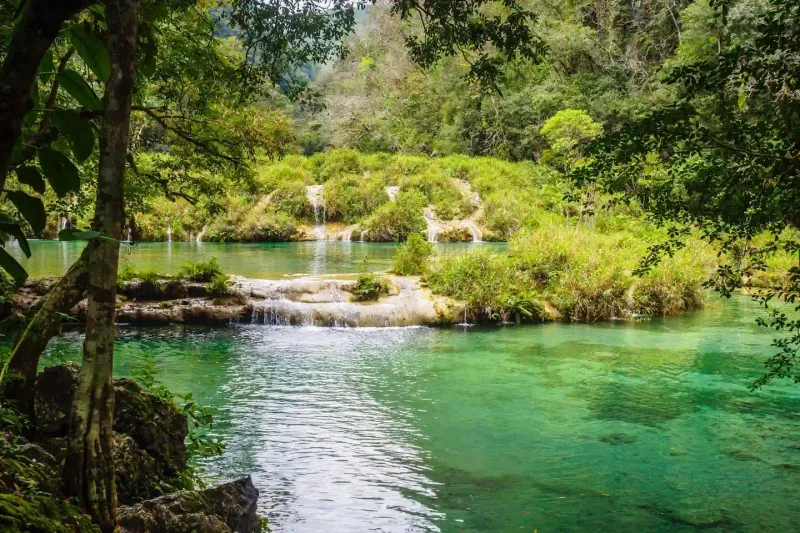
Austin is famous for its vibrant bat population, particularly the Mexican free-tailed bats residing under the Congress Avenue Bridge. Each evening, throngs of bats take flight, creating a mesmerizing spectacle against the sunset.
Besides bats, Austin’s green spaces and waterways are home to a variety of birds and reptiles, including herons and turtles. The city’s love for nature and conservation efforts promote a thriving environment for urban wildlife, blending seamlessly with Austin’s lively cultural scene.
Chicago, Illinois
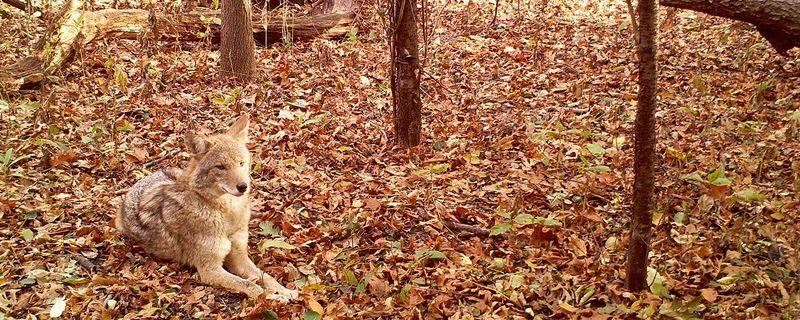
Chicago’s urban landscape supports a surprising diversity of wildlife. Peregrine falcons nest on skyscrapers, capitalizing on their heights for hunting pigeons. Beavers have made their homes along the Chicago River, showcasing the city’s adaptability for wildlife.
Great blue herons are often seen wading in the waterways, while the numerous parks attract a variety of bird species. Chicago’s initiatives to create sustainable habitats in urban settings contribute to a thriving ecosystem, offering residents and visitors a glimpse into nature amidst the city’s hustle and bustle.
Portland, Oregon
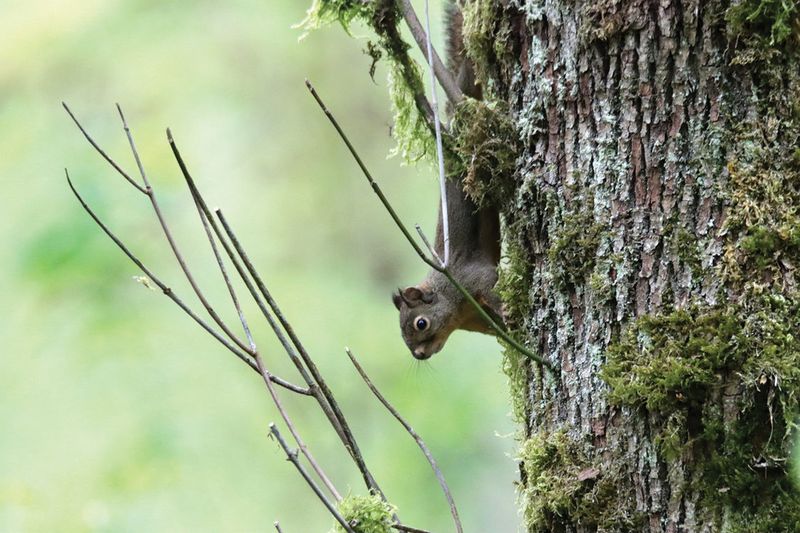
Portland is renowned for its vast green spaces, like Forest Park, which host a plethora of urban wildlife. Black-tailed deer roam freely, while coyotes are occasionally spotted on the outskirts of the city. The park’s dense woods provide a haven for pileated woodpeckers and other bird species.
Portland’s commitment to sustainability and green living enhances the preservation of these habitats. This dedication ensures that urban wildlife flourishes, making Portland a model for coexistence between nature and city life.
Denver, Colorado
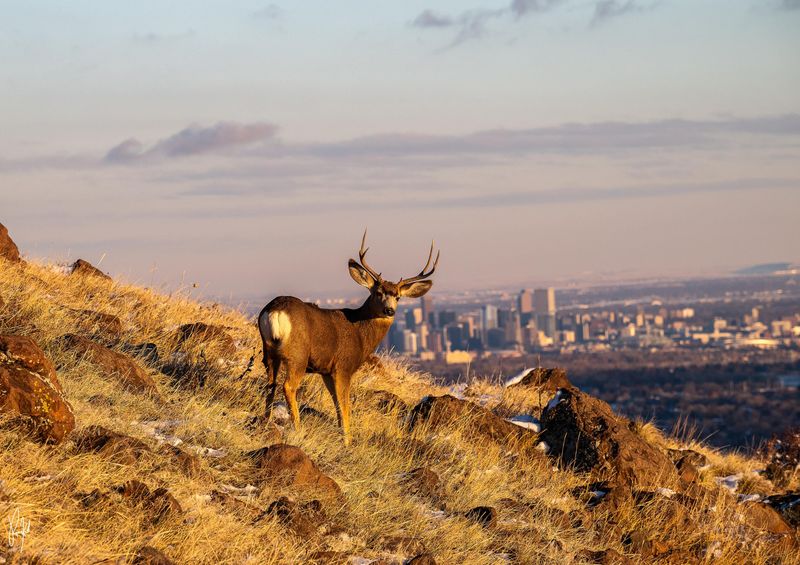
Denver’s proximity to the Rocky Mountains offers a unique urban wildlife experience. Elk are often seen grazing in the outskirts, while foxes are common in suburban neighborhoods. The mountain foothills provide habitats for marmots and a variety of bird species.
The city’s efforts to preserve green spaces and wildlife corridors support these diverse ecosystems. Denver’s blend of urban and natural environments offers residents a unique opportunity to engage with wildlife, fostering a deep appreciation for nature.
Boston, Massachusetts
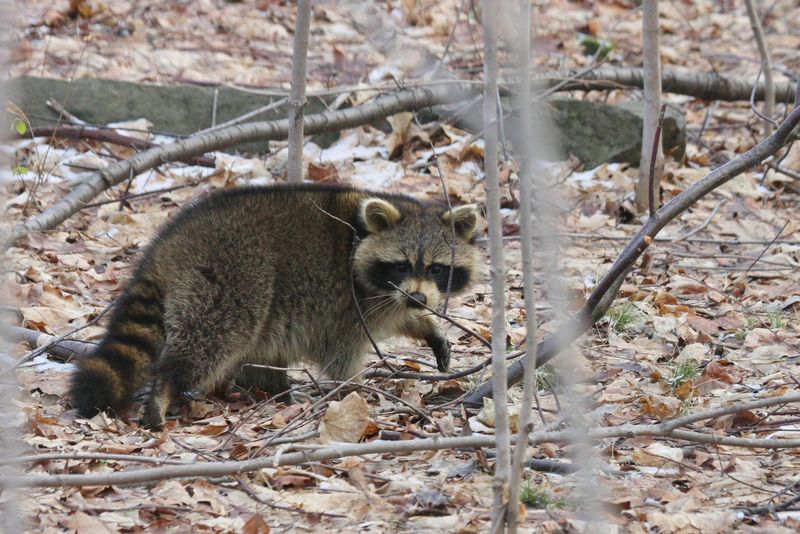
Boston’s Charles River is a focal point for urban wildlife, where swans gracefully glide along its waters. Red-tailed hawks are frequently seen soaring overhead, and gray squirrels are a common sight in the city’s parks.
The numerous green spaces throughout Boston provide crucial habitats for birds and small mammals. The city’s commitment to maintaining these areas ensures thriving ecosystems, allowing urban wildlife to adapt and coexist with the bustling city.
Los Angeles, California
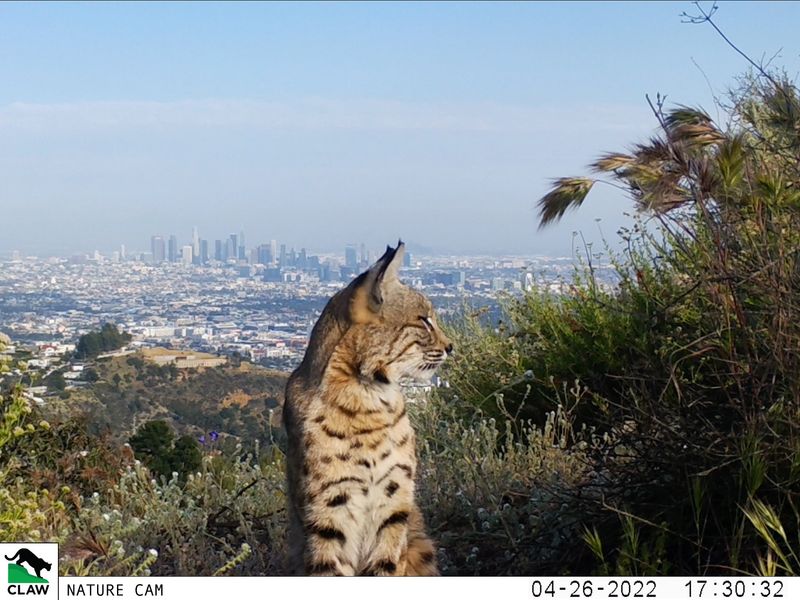
Los Angeles, with its sprawling landscapes, hosts a diverse array of urban wildlife. Griffith Park is home to mule deer and the elusive mountain lion, famously known as P-22. The city’s warm climate also supports flocks of feral parrots, a colorful addition to the skyline.
Los Angeles’ dedication to preserving natural habitats within the urban sprawl allows these species to thrive. The city’s unique blend of nature and urban life creates an environment where wildlife can flourish alongside human activity.
Atlanta, Georgia
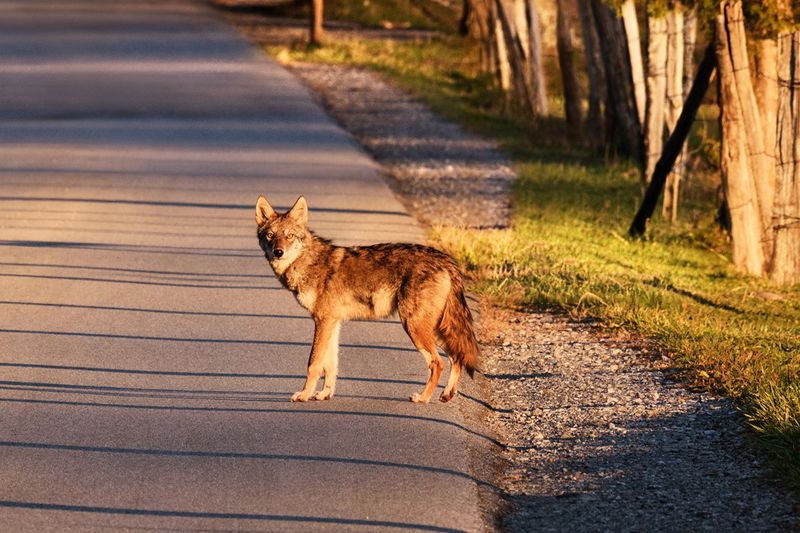
Atlanta’s Piedmont Park serves as an urban oasis for wildlife, attracting barred owls and chipmunks to its lush grounds. Canada geese are often seen grazing in the open areas, adding to the park’s vibrant ecosystem.
Throughout the city, efforts to plant native flora support various bird and insect species. Atlanta’s commitment to environmental sustainability ensures that urban wildlife can continue to thrive, offering residents a serene connection to nature amid the bustling cityscape.
San Diego, California
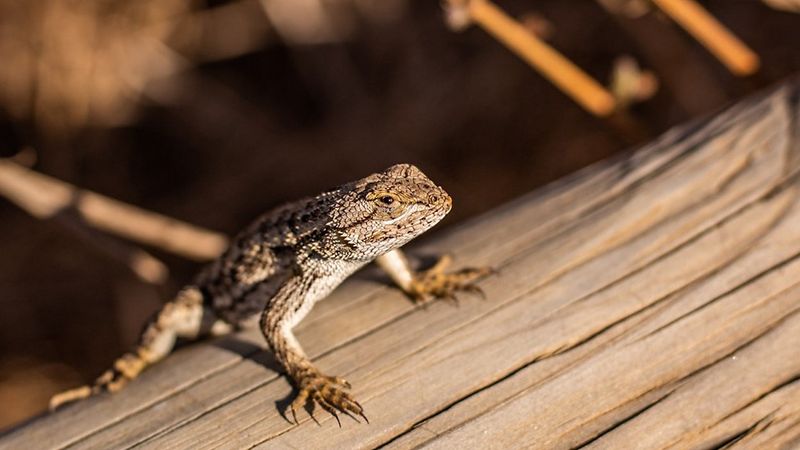
San Diego’s diverse landscapes provide habitats for a range of urban wildlife. Balboa Park is a hotspot for hummingbirds and butterflies, while coyotes are known to roam the outskirts. The coastal areas are home to seals, often spotted basking on the beaches.
The city’s year-round mild climate supports a variety of plant and animal species. San Diego’s efforts to preserve its natural environments ensure these ecosystems continue to flourish, offering a harmonious blend of city life and wildlife encounters.
Phoenix, Arizona
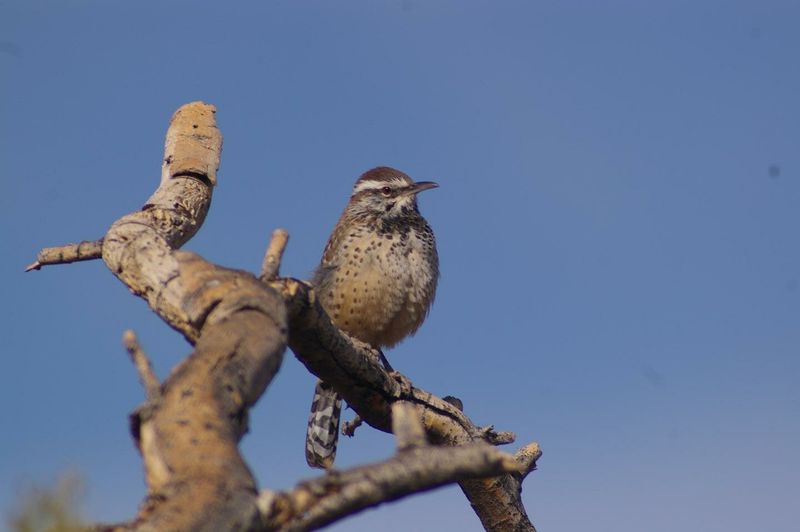
Phoenix’s desert environment hosts a unique array of urban wildlife. Roadrunners are often seen darting through the landscape, while jackrabbits can be spotted in suburban areas. Coyotes frequently traverse the city’s outskirts, adapting well to the arid conditions.
The city’s commitment to water conservation and native landscaping supports these resilient species. Phoenix’s approach to balancing urban development with natural habitats showcases a successful coexistence, allowing urban wildlife to thrive in the desert metropolis.
Philadelphia, Pennsylvania
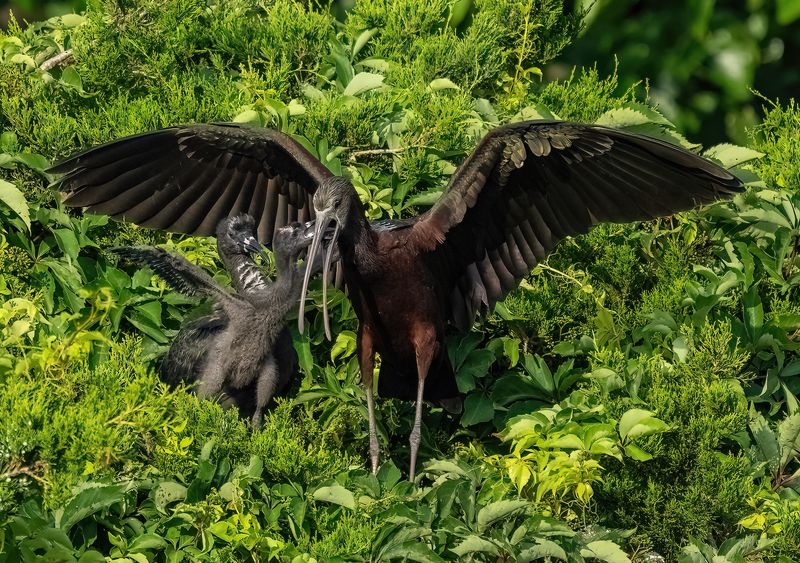
Philadelphia’s Schuylkill River is a haven for urban wildlife, where herons gracefully navigate the waters and turtles bask on the banks. Red foxes are occasionally seen in the city’s green spaces, adding to the diverse wildlife.
The city’s parks and riverfront areas provide vital habitats for various species. Philadelphia’s dedication to environmental conservation ensures these ecosystems flourish, offering residents a connection to nature amidst the urban environment.
New Orleans, Louisiana
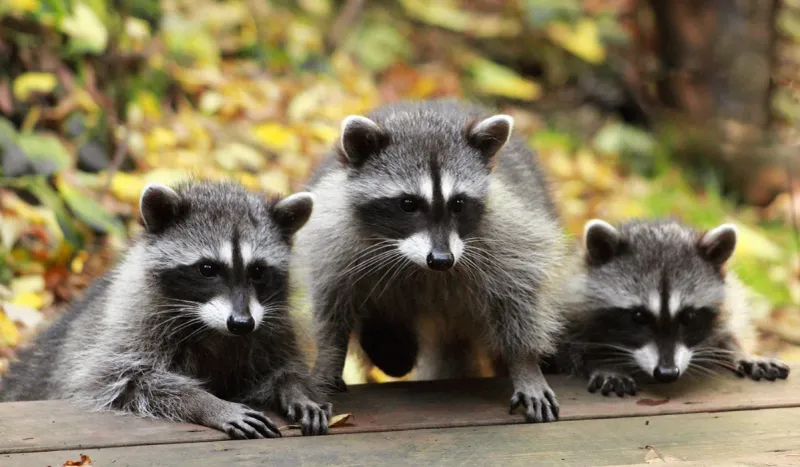
New Orleans’ bayous are teeming with urban wildlife. Alligators, often seen lounging in the sun, share the waters with graceful egrets. The nutria, a large semiaquatic rodent, is a common sight in these wetlands.
The city’s unique ecosystem supports a diverse range of species, thriving in the warm, humid climate. New Orleans’ efforts to preserve its natural habitats ensure these creatures continue to coexist with the vibrant cultural scene, offering a unique glimpse into the city’s rich biodiversity.
Baltimore, Maryland
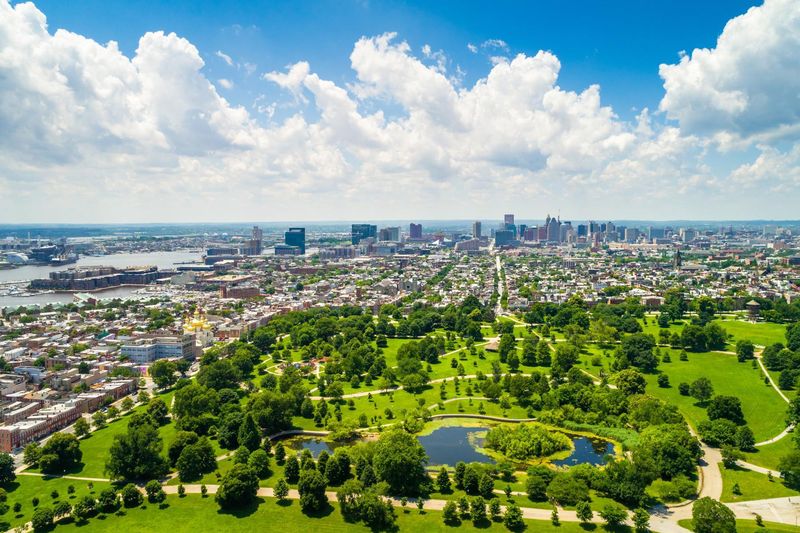
Baltimore’s Inner Harbor supports a variety of urban wildlife, with peregrine falcons nesting on high-rise buildings. Blue crabs are abundant in the harbor waters, a staple of the local ecosystem. White-tailed deer are also found in the city’s green belts.
The city’s initiatives to maintain natural habitats within urban areas promote a thriving environment for wildlife. Baltimore’s commitment to conservation ensures these ecosystems remain vibrant, offering residents and visitors an opportunity to engage with nature in the midst of urban life.
Minneapolis, Minnesota
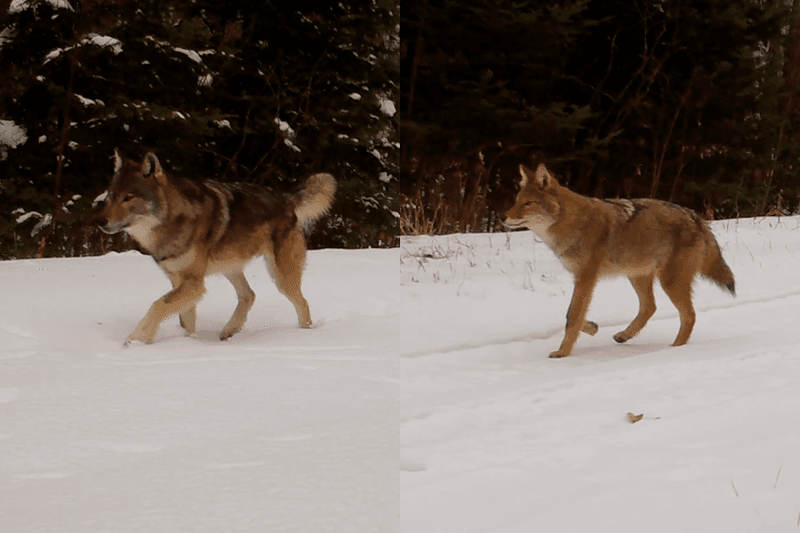
Minneapolis’ Chain of Lakes is a hotspot for urban wildlife, where beavers construct their homes and loons call across the water. Black-capped chickadees flit among the trees, adding a touch of wilderness to the cityscape.
The city’s extensive park system provides essential habitats for a variety of bird and mammal species. Minneapolis’ dedication to preserving these areas ensures a harmonious coexistence between urban life and nature, offering residents a peaceful escape into the natural world.
Honolulu, Hawaii
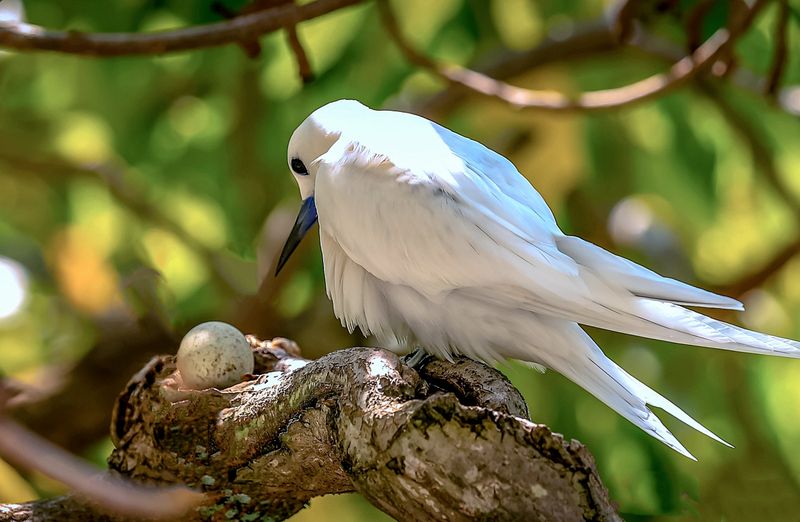
Honolulu’s coastal location offers a unique urban wildlife experience, with sea turtles often seen near Waikiki Beach. Monk seals occasionally bask on the sandy shores, delighting residents and tourists alike. The city’s tropical climate supports a variety of bird species, including the distinctive mynah bird.
Efforts to protect these natural habitats ensure the continued presence of diverse wildlife in Honolulu. The city’s harmonious integration of urban life and nature provides a captivating environment for both wildlife and humans.
Las Vegas, Nevada
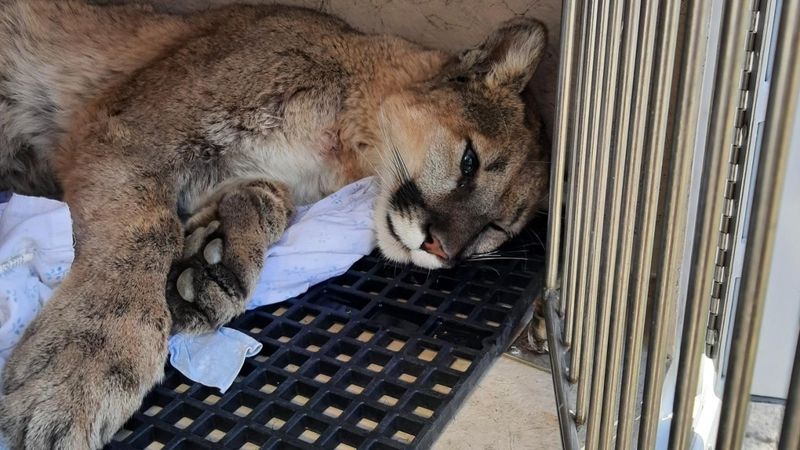
Las Vegas, surrounded by desert, hosts a surprising variety of urban wildlife. Bighorn sheep are occasionally spotted in the nearby mountains, while lizards scurry across the arid landscape. The endangered desert tortoise finds refuge in protected areas around the city.
Las Vegas’ efforts to balance urban development with conservation promote the survival of these unique species. The city’s commitment to preserving natural habitats offers a reminder of the vibrant life thriving in the desert beyond the glitz and glamour.
Nashville, Tennessee
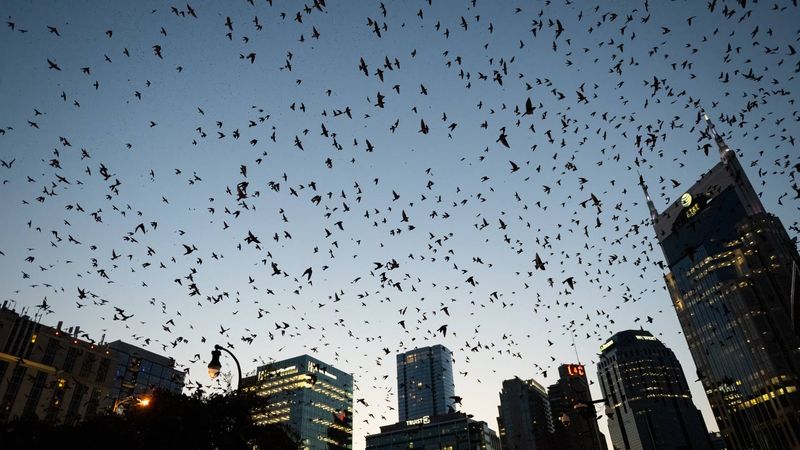
Nashville’s Cumberland River is a focal point for urban wildlife, with muskrats frequently seen along its banks. Barn owls are often heard in the evening, adding to the city’s natural soundtrack. Catfish thrive in the river’s depths, supporting a diverse ecosystem.
The city’s numerous parks and greenways provide essential habitats for various species. Nashville’s dedication to environmental stewardship ensures urban wildlife continues to flourish, offering residents a vibrant connection to nature amid the bustling music scene.

